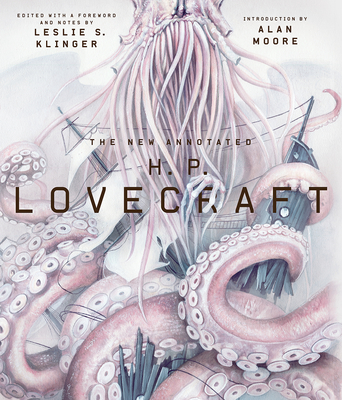Rolling Stone has called singer-songwriter Stephin Merritt of the Magnetic Fields the Cole Porter of his generation; O, The Oprah Magazine has hailed cartoonist Roz Chast as the wryest pen since Dorothy Parker's. Together they have crafted a wonderfully witty book that is sure to prove useful to "Scrabble" players and "Words With Friends" addicts and to delight anyone in thrall to the weirder corners of the English language.
With the mordant wit and clever wordplay of Edward Gorey or Shel Silverstein, Stephin Merritt has written an original four-line rhyming poem for each of the 101 two-letter words included in The Official Scrabble Players Dictionary. Here are poems about familiar words (such as at, go, hi, no, and up) as well as obscure ones (such as aa, ka, oe, qi, xu). And every one of the 101 poems is accompanied by a full-color illustration by the incomparable cartoonist Roz Chast.
101 Two-Letter Words is perfect for any language lover or Scrabble player (it may even improve your score ).
With the mordant wit and clever wordplay of Edward Gorey or Shel Silverstein, Stephin Merritt has written an original four-line rhyming poem for each of the 101 two-letter words included in The Official Scrabble Players Dictionary. Here are poems about familiar words (such as at, go, hi, no, and up) as well as obscure ones (such as aa, ka, oe, qi, xu). And every one of the 101 poems is accompanied by a full-color illustration by the incomparable cartoonist Roz Chast.
101 Two-Letter Words is perfect for any language lover or Scrabble player (it may even improve your score ).
We know it simply as "the pill," yet its genesis was anything but simple. Jonathan Eig's masterful narrative revolves around four principal characters: the fiery feminist Margaret Sanger, who was a champion of birth control in her campaign for the rights of women but neglected her own children in pursuit of free love; the beautiful Katharine McCormick, who owed her fortune to her wealthy husband, the son of the founder of International Harvester and a schizophrenic; the visionary scientist Gregory Pincus, who was dismissed by Harvard in the 1930s as a result of his experimentation with in vitro fertilization but who, after he was approached by Sanger and McCormick, grew obsessed with the idea of inventing a drug that could stop ovulation; and the telegenic John Rock, a Catholic doctor from Boston who battled his own church to become an enormously effective advocate in the effort to win public approval for the drug that would be marketed by Searle as Enovid. Spanning the years from Sanger's heady Greenwich Village days in the early twentieth century to trial tests in Puerto Rico in the 1950s to the cusp of the sexual revolution in the 1960s, this is a grand story of radical feminist politics, scientific ingenuity, establishment opposition, and, ultimately, a sea change in social attitudes.
Brilliantly researched and briskly written, The Birth of the Pill is gripping social, cultural, and scientific history.
In this volume, Leslie S. Klinger reanimates Lovecraft with clarity and historical insight, charting the rise of the erstwhile pulp writer, whose rediscovery and reclamation into the literary canon can be compared only to that of Poe or Melville. Weaving together a broad base of existing scholarship with his own original insights, Klinger appends Lovecraft's uncanny oeuvre and Kafkaesque life story in a way that provides context and unlocks many of the secrets of his often cryptic body of work.
Over the course of his career, Lovecraft "the Copernicus of the horror story" (Fritz Leiber) made a marked departure from the gothic style of his predecessors that focused mostly on ghosts, ghouls, and witches, instead crafting a vast mythos in which humanity is but a blissfully unaware speck in a cosmos shared by vast and ancient alien beings. One of the progenitors of "weird fiction," Lovecraft wrote stories suggesting that we share not just our reality but our planet, and even a common ancestry, with unspeakable, godlike creatures just one accidental revelation away from emerging from their epoch of hibernation and extinguishing both our individual sanity and entire civilization.
Following his best-selling The New Annotated Sherlock Holmes, Leslie S. Klinger collects here twenty-two of Lovecraft's best, most chilling "Arkham" tales, including "The Call of Cthulhu," At the Mountains of Madness, "The Whisperer in Darkness," "The Shadow Over Innsmouth," "The Colour Out of Space," and others. With nearly 300 illustrations, including full-color reproductions of the original artwork and covers from Weird Tales and Astounding Stories, and more than 1,000 annotations, this volume illuminates every dimension of H. P. Lovecraft and stirs the Great Old Ones in their millennia of sleep.



No comments:
Post a Comment